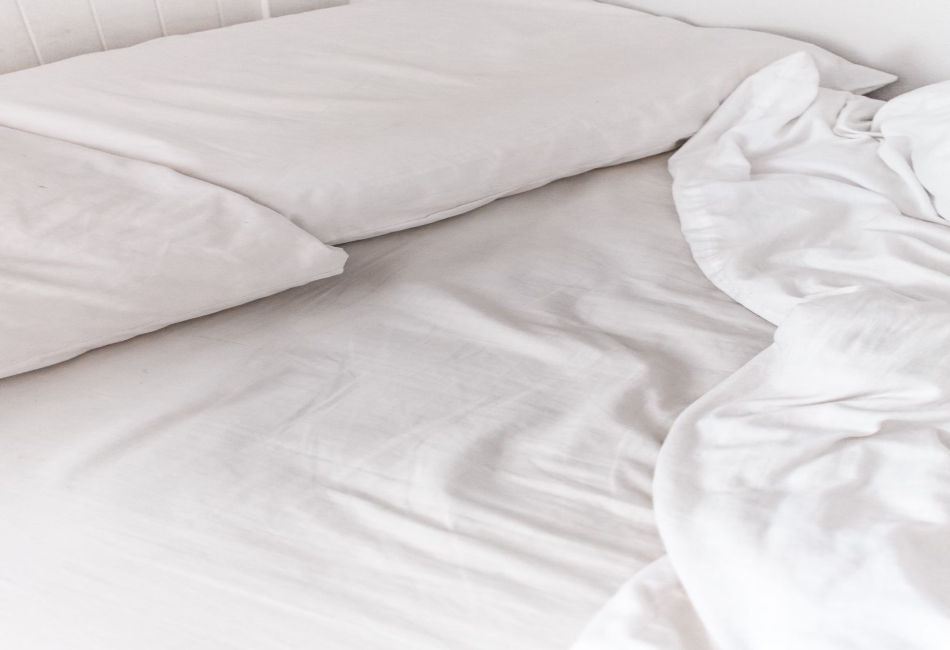Recovering from surgery or illness can be a challenging process, especially for seniors. An often overlooked solution is the use of specialized beds, which can significantly enhance recovery by providing the necessary support and comfort. These beds are designed to address specific needs, making them essential in a safe and effective healing environment.
For many seniors, the limitations of standard beds complicate the recovery process. Traditional bedding often fails to offer the ergonomic support required for healing, leading to discomfort and prolonged recovery times. We can address these challenges by rethinking the bed itself, creating a far more supportive recovery space.
Why standard beds fall short
Standard beds are not always equipped to handle the unique needs of individuals recovering from surgery or illness. They often lack the necessary support and adjustability, leading to issues such as poor circulation and increased pain. These problems can hinder recovery, making it difficult for individuals to rest and heal properly. For this reason, many families and healthcare providers are turning to adjustable hospital beds for elderly patients to provide better support and functionality during recovery.
Moreover, traditional beds pose a risk of falls, particularly for seniors who may have mobility issues. The height and stability of these beds can make getting in and out of bed a hazardous task, increasing the likelihood of accidents. This risk is compounded in homes where caregivers are not always present to assist. Beds for the elderly with safety features, such as side rails and motorized adjustments, can drastically reduce this risk and promote independence.
The design limitations of standard beds also extend to their inability to accommodate medical equipment effectively. Many recovering patients require IV stands, monitoring devices, or other medical apparatus nearby, which can be challenging to position around a traditional bed. This impacts the quality of care and can create potentially dangerous situations where equipment may be knocked over or tangled in bedding. Adjustable beds provide the flexibility needed to make space for such equipment, supporting safety and care quality.
The benefits of specialized beds
Before anything else, upgrading to a purpose-built bed for elderly users, such as the affordable, caregiver-recommended models from Shop Home Med, lays the foundation for safer, faster healing.
Specialized beds offer a solution to the limitations of traditional bedding. These beds are designed with features that promote better circulation and reduce pressure points, which are crucial for healing. For example, elevating the legs can help reduce swelling and improve blood flow, aiding in faster recovery. Adjustable beds for elderly are especially beneficial here, allowing seniors to customize their sleeping position for optimal health benefits.
Adjustability is another key advantage of specialized beds. Being able to change the bed’s position allows individuals to find the most comfortable and supportive posture, reducing pain and discomfort. This feature is particularly beneficial for those recovering from surgery, as it can help align the body properly and promote healing. Adjustable hospital beds often come equipped with motors that make position changes easy and precise, improving daily comfort.
Additionally, specialized beds often come with safety features such as side rails and remote-controlled adjustments, providing both comfort and security. These features make them an invaluable addition to any recovery setting, ensuring a safer and more supportive environment. Many adjustable hospital beds for the elderly also include built-in emergency settings and easy-to-clean materials, enhancing both hygiene and accessibility.
Modern specialized beds often incorporate advanced technology features that can significantly enhance the recovery process. Many models now include built-in massage functions, pressure mapping systems, and programmable position memory settings. These technological additions can help reduce muscle tension, prevent pressure ulcers, and ensure consistent positioning throughout the recovery period, leading to better outcomes and increased comfort for the patient. Choosing beds for elderly that offer such features can have a profound impact on quality of life.
Enhancing independence and easing caregiver duties
One of the most significant benefits of specialized beds is their ability to promote independence among seniors. By allowing individuals to adjust their beds without assistance, these beds empower them to manage their own comfort and support needs. This autonomy is crucial for mental well-being, particularly during recovery. Adjustable beds for elderly make this level of independence possible, fostering dignity and confidence.
For caregivers, specialized beds can significantly reduce the physical strain associated with assisting individuals with limited mobility. Features such as adjustable beds heights make it easier to perform tasks like bathing or dressing, minimizing the need for physical exertion. In healthcare settings or at home, adjustable hospital beds enable caregivers to work more efficiently and safely.
Furthermore, the safety features of specialized beds help reduce the risk of falls, providing peace of mind for both caregivers and patients. By creating a safer environment, these beds help alleviate the stress and responsibilities associated with caregiving, allowing for a more focused and effective recovery process.
